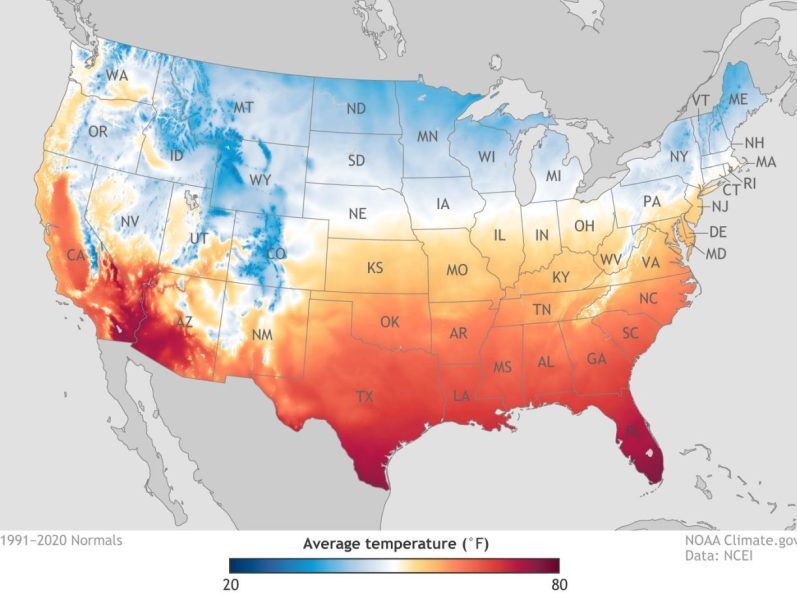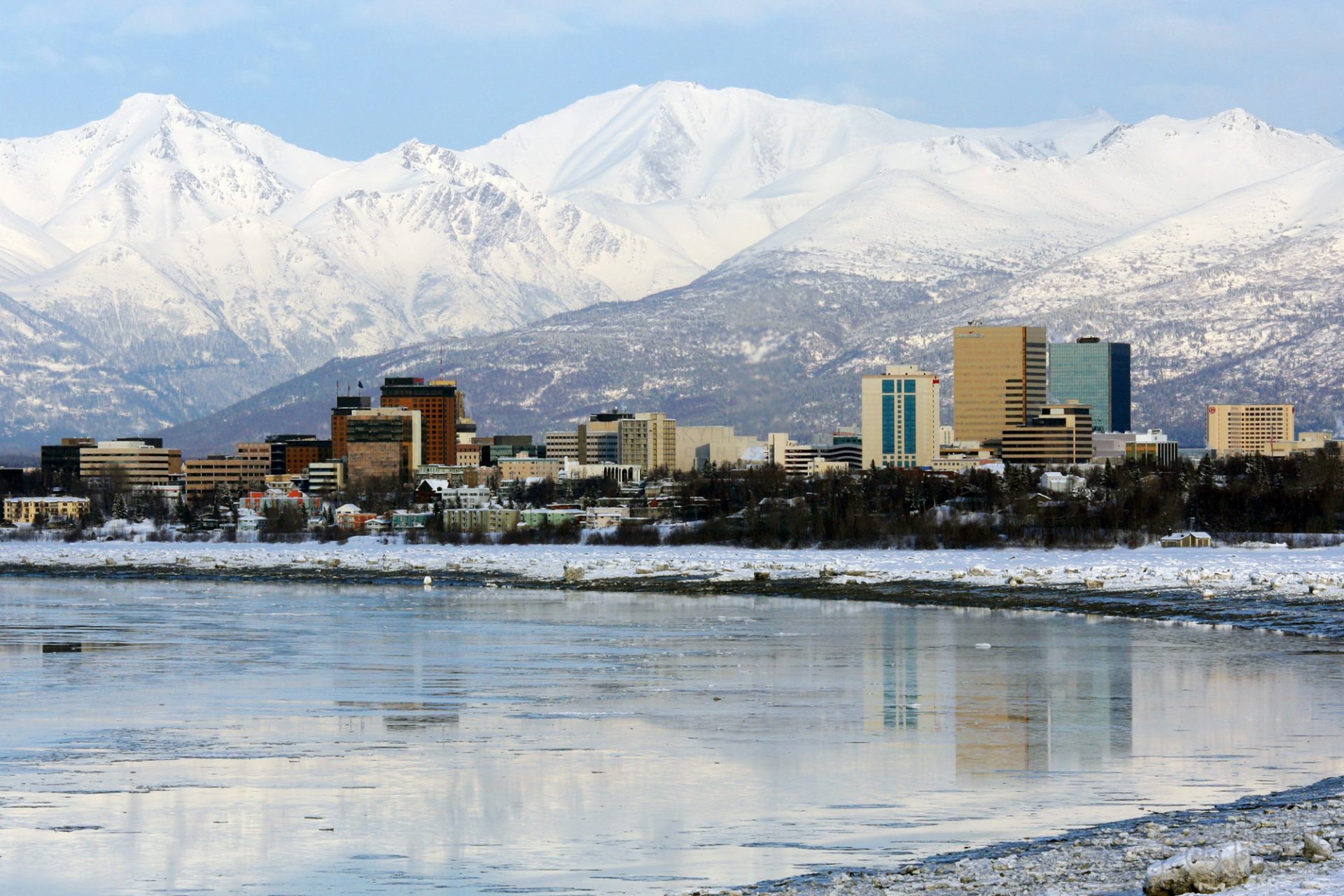
Below are the coldest states and their average temperature for the whole year, measured across the five most populated cities in each U.S. state from January 2009 to October 2023. The data came from Payless Power who consulted the World Weather Online API for the data. Stay tuned until the end of the list for a few fun graphs to nerd out on.
9. Wisconsin: 46.7 °F
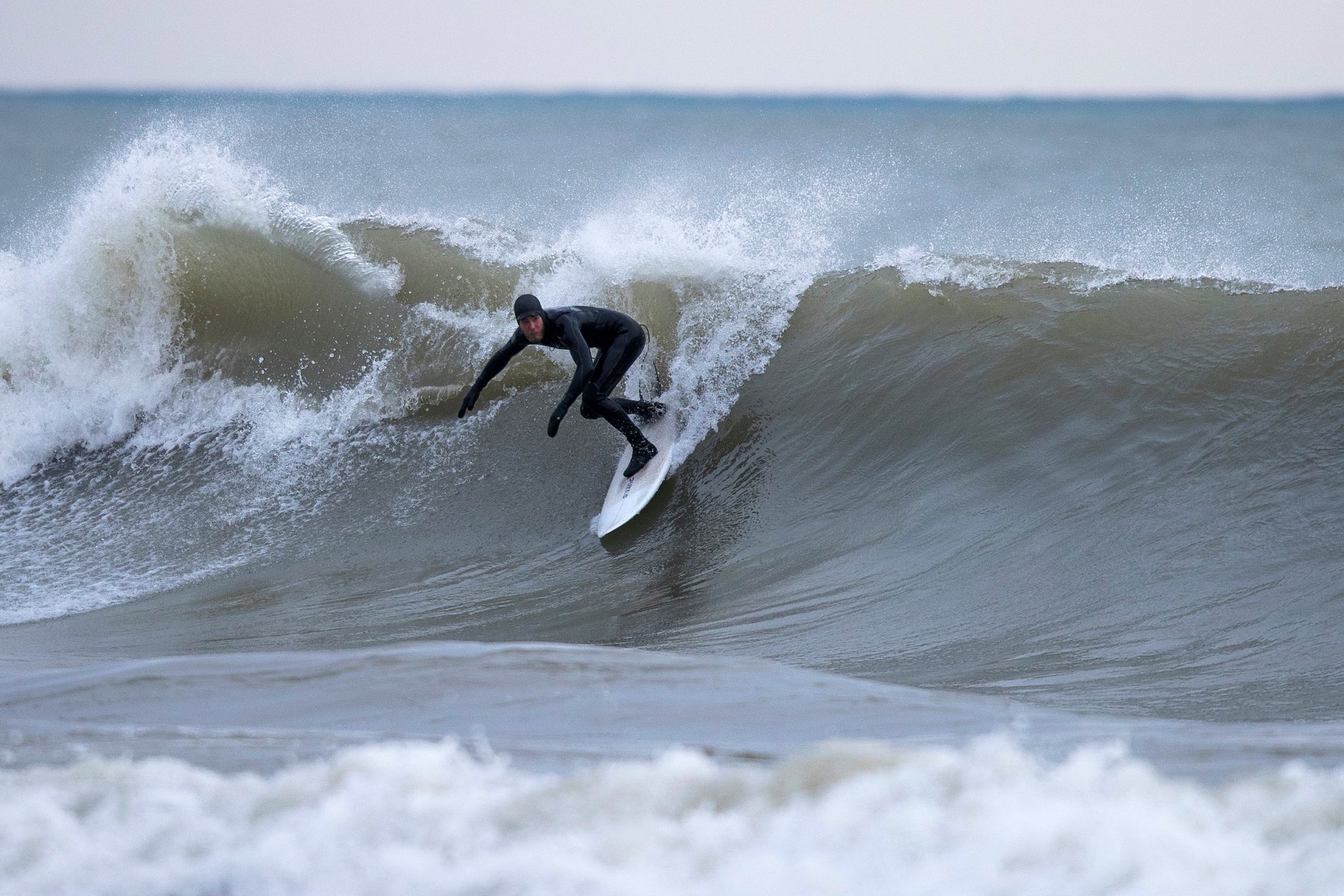
Kicking the list off is Wisconsin. Football fans will recall the 1967 game at Lambeau Field in Green Bay deemed the “Ice Bowl”, when the Packers took on the Cowboys in one of the coldest games in NFL history. It was a whopping -13 °F at kickoff, with a wind chill at -36 °F. Andy Boxell, a Meteorologist with the National Weather Service out of Milwaukee claims the severe cold in Wisconsin can be credited to the weather pattern that has been bringing air down from the Canadian Prairies. To top it off, the lake effect from Lake Michigan can enhance the cold weather.
There is still fun to be had in Wisconsin besides freezing your butt off at football games. Ski at Granite Peak, with 60 runs and night skiing, there are ways to enjoy the cold. There is even surfing, featured in Surf’s Up, in Chicken Joe’s hometown of Sheboygan. Regarded as the surfing capital of the Midwest, Sheboygan offers its best surfing during the winter.
8. Maine: 46.6 °F
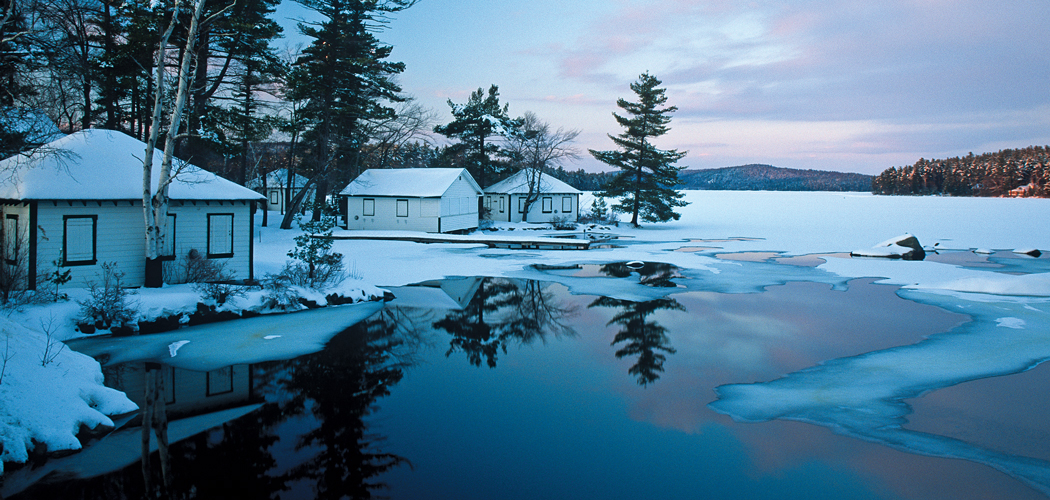
In the far northeast stretch of the country, Maine just squeaks into the list. According to the Bangor Daily News, the coldest day on record for the state of Maine was set in 2009, just south of the Quebec border, when temperatures reached -50 °F. While many tourists visit Maine in the summer or fall to check out the legendary Acadia National Park, there is still plenty of reason to check it out in the winter.
Sugarloaf Mountain is one of the top ski resorts in Maine. Ski down 2,820 vertical feet and enjoy 1,360 skiable acres at Sugarloaf. Feel at the top of the world (I mean the east coast), at 4,237 feet, Sugarloaf is the second tallest mountain in the state of Maine. Sugarloaf’s Snowfields are the only lift-serviced above-tree line terrain in the east.
7. South Dakota: 45.5 °F

To nobody’s surprise, I introduce South Dakota. It is cold here, but just wait, we haven’t reached North Dakota yet. There is more to do here than see Mount Rushmore; South Dakota is home to the Badlands National Park and the Black Hills National Forest. The Black Hills is a unique mountainous landscape formed by an uplift that occurred near the end of the Cretaceous Period or the beginning of the Paleogene Period, 65-70 million years ago. The uplift created an elliptical dome, at the center of which is a crystalline core, composed of the oldest rocks in the hills. The Badlands on the other hand were formed by a warm inland sea that covered the land millions of years ago.
Enough with geology—is there skiing? Terry Peak is located in the Black Hills and has five lifts that serve the mountain’s 30 trails and 1,100 vertical feet of skiing. On the east side of the state is Great Bear Ski Area which has already closed for the season.
6. Minnesota: 45.4 °F
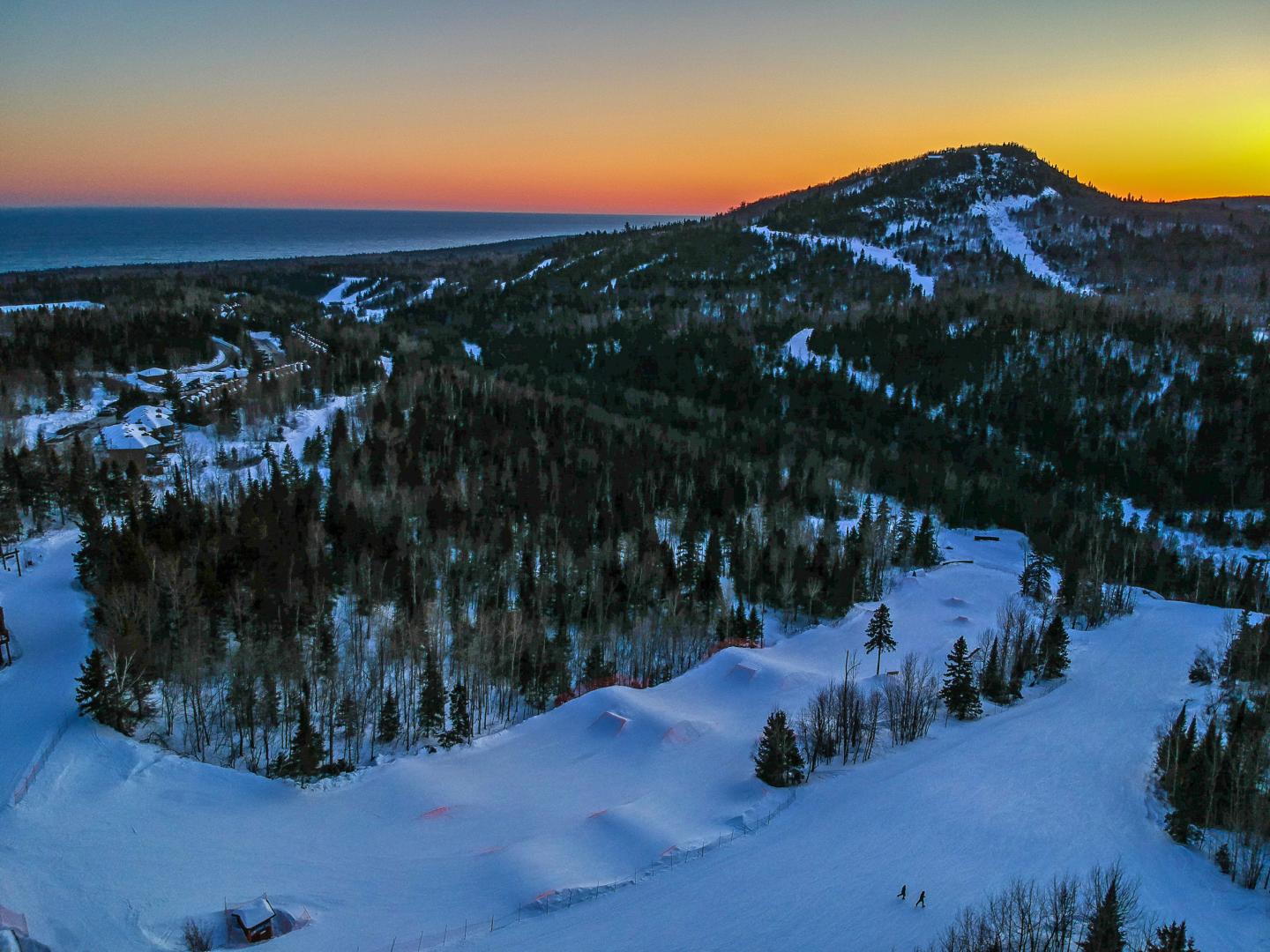
Minnesota, another state bordering the Great Lakes has made the list. Minnesota cracks another top ten list, ranked as the fifth flattest state in the U.S. by Flattest Route using a geomorphometric analysis. The northern state is also home to both a Dark Sky Park (Voyageurs National Park) and a Dark Sky Sanctuary (Boundary Waters Canoe Area Wilderness). In both of these locations, the aurora borealis better known as the northern lights are visible during certain times of the year.
While Minnesota is fairly flat, the icy cold state still manages to produce plenty of good skiing. Minnesota offers 18 ski areas throughout the state, including Lutsen Mountains Ski Area which has 95 runs and a great view of Lake Superior. Closer to Minneapolis is Hyland Hills Ski Area, a great spot to hit the terrain park. Minnesota even hosts ski jumping competitions on Bush Lake’s 70-foot Ski Jumps.
5. Vermont: 45.0 °F
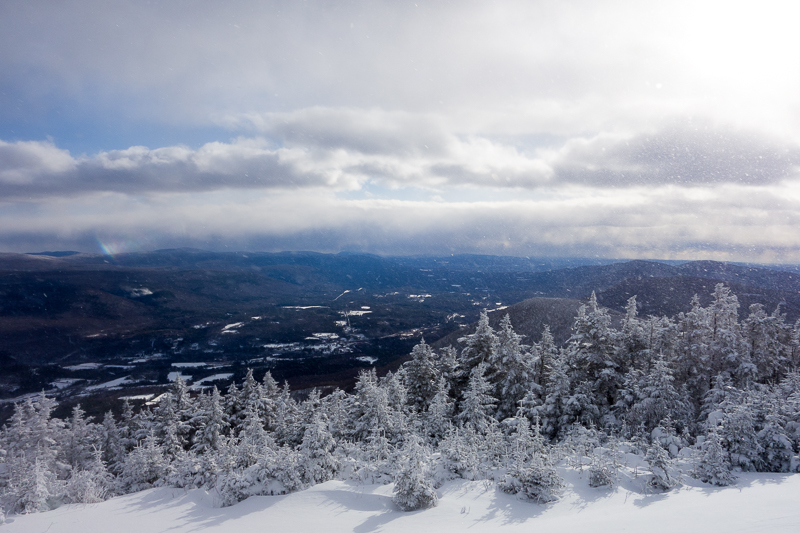
Vermont cracks the list at Number Five. The fifth coldest state is also known for having the smallest capital city in the U.S., at just over 8,000 people, Montpelier is the quiet capital. Green Mountain National Forest encompasses more than 400,000 acres in southwestern and central Vermont. This forest holds some great backcountry skiing, and in the fall of 2015, a local group of dedicated outdoors people received permission for and developed a 1,300-foot vertical gladed area.
Stowe Mountain Resort is one of Vermont’s top skiing destinations. Stowe has 485 skiable acres and averages over 300″ per year to produce some quality turns out east. Stowe is home to Mt. Mansfield, Vermont’s tallest peak sitting at 4,395 feet.
4. Wyoming: 44.9 °F
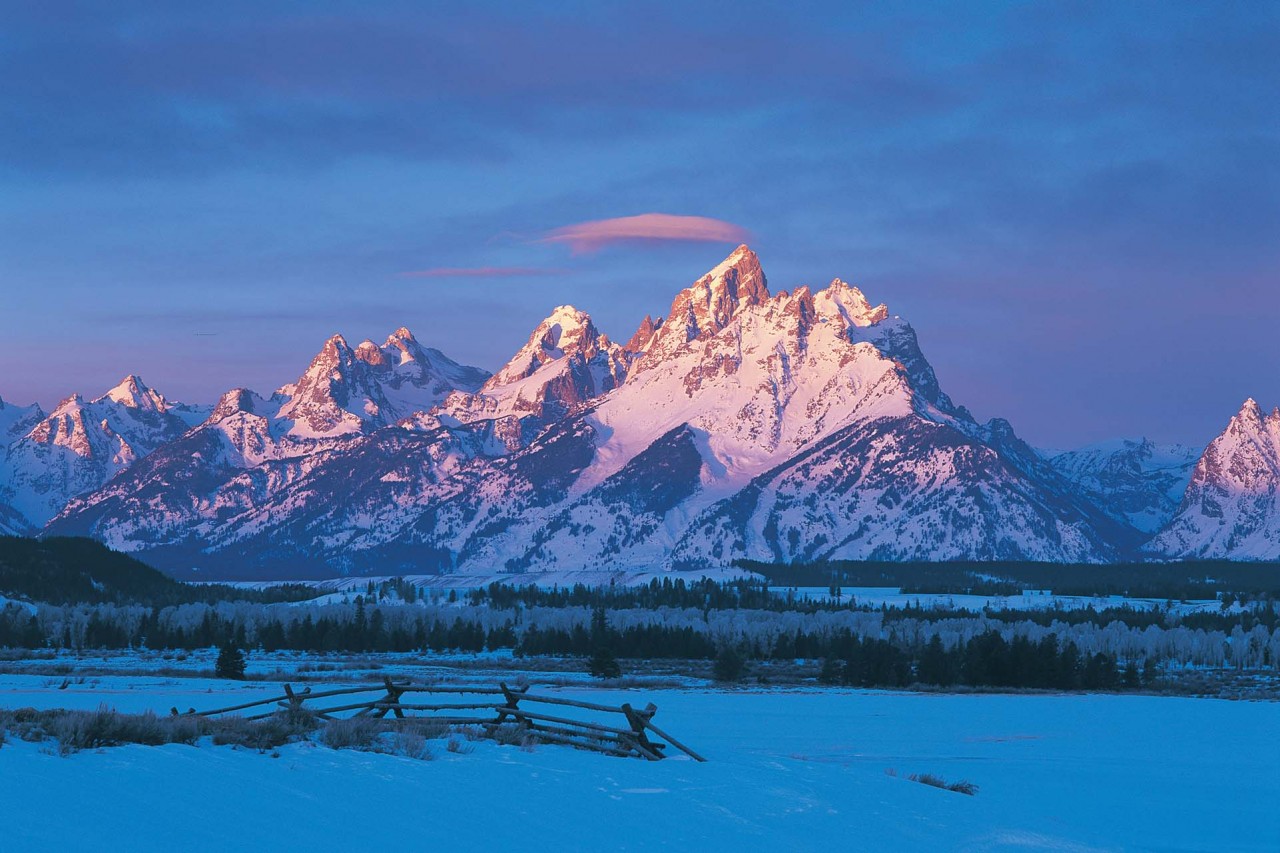
The least populated state takes the fourth spot on this list. The average temperature in Wyoming is 44.9 °F, but the town of Thermopolis Greek word for “hot city”) boasts an average year-round high temperature of 66 °F. Thanks to the largest mineral hot spring in the world, Thermopolis can maintain a cozy temperature year-round.
Wyoming is home to other wild geological features including the Teton Mountain Range. These rock formations were formed when seafloor sediments and volcanic debris were buried up to 18 miles deep as two tectonic plates collided. The intense heat and pressure at these depths changed or metamorphosed the sediments into today’s rocks, separating different minerals into lighter and darker layers. The collision also created a unique, short, narrow, and jagged ridge of naked rock soar upward into the sky. Ultimately, the terrain in the Tetons makes for some legendary riding, and much of that terrain can be accessed at Jackson Hole Mountain Resort.
3. Montana: 42.8 °F

Montana, the “Big Sky Country”, takes the spot as the third coldest state in the country. Home to some of the most beautiful mountain landscapes and skiing, Montana is a great place to be cold. Montana’s Flathead Lake in the northwest corner of the state is the largest natural freshwater lake in the western U.S. The lake is roughly 28 miles long, 15 miles wide, and has not completely frozen over since 1989.
With some of the gnarliest in-bounds skiing you can find, Big Sky Ski Resort has the famous Big Couloir that runs 1,400 vertical feet at a sustained 40–50-degree pitch. Also in Montana is the Bridger Bowl Ski Area, located near Bozeman. Bridger Bowl is a unique mountain with tons of difficult terrain and even some lifts require transceivers to ski the terrain.
2. North Dakota: 42.3 °F
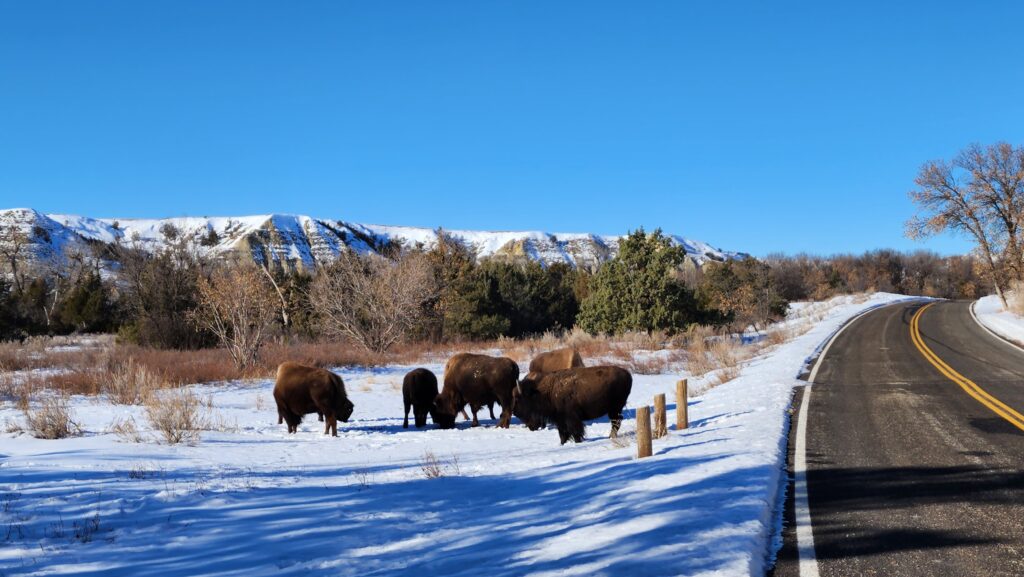
I warned you; it is going to be cold. The coldest contiguous state in the country, North Dakota has some intense weather. On a record-breaking day in 1936, it is claimed that parts of North Dakota reached -60 °F. North Dakota has no shortage of vast open fields, however, Theodore Roosevelt National Park has 70,000 acres of the state’s most beautiful landscapes.
Check out Huff Hills Ski Area in Mandan to find your turns up north. With 450 vertical feet and 16 runs, Huff Hill is the largest ski area in the state. Originally the area broke ground in 1963 as Twighlight Hills Ski Area, but ultimately it shut down after just four seasons. Nearly 30 years later, the ski area was revived by Jim Beck, and his wife Jan, who began to lay the foundations for Huff Hills in the winter of 1992-1993. Since then, Huff Hills has been the go-to ski area for many in the state.
1. Alaska: 36.5 °F

Taking the crown is Alaska. No surprise here, the largest and coldest of the states stretches its far reaches into the Arctic Circle. Littered with glaciers and massive arctic tundras, Alaska is not a place for anyone chasing warm temperatures. In 1971, Prospect Creek Camp hit a state-record low of -80 °F. Of the 20 highest peaks in the U.S., 17 are in Alaska, including the highest peak in North America, Denali, which stands at 20,320 feet above sea level.
There is incredible skiing to be had in Alaska. There is a good chance most of your favorite ski movies have footage of someone ripping down the legendary spines or the crazy steep terrain found in the vast mountainous expanse. There is also amazing in-bounds skiing at ski areas like Aleyska, which has received over 640″ this season. For many, Alaska is a bucket list location to rip its dream-like terrain.
Do what you will with this information, chase the cold, or run for the nearest warm beach. Based on preliminary analysis by the National Centers for Environmental Information (NCEI), the average annual temperature for the contiguous U.S. was 54.4°F in 2023, 2.4°F above the 20th-century average, ranking as the fifth warmest year in the 129-year record. Approximately 65 million people were impacted by record heat during 2023.
